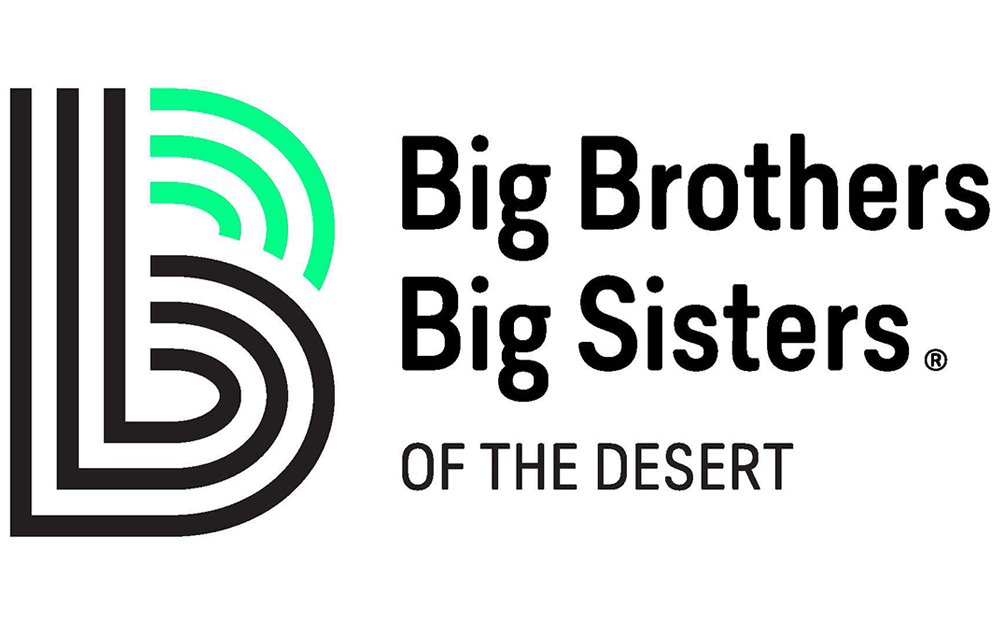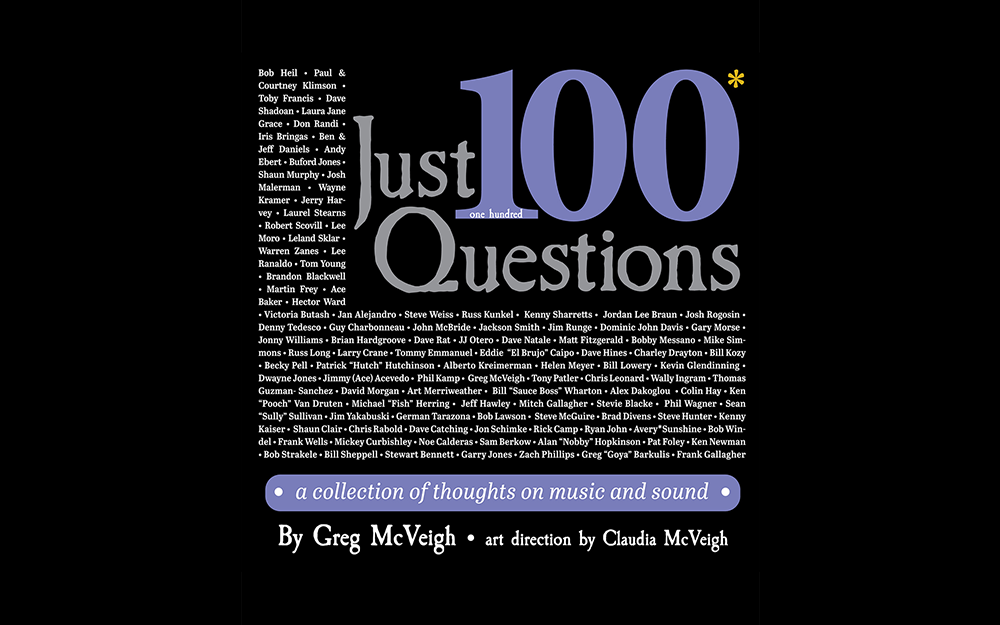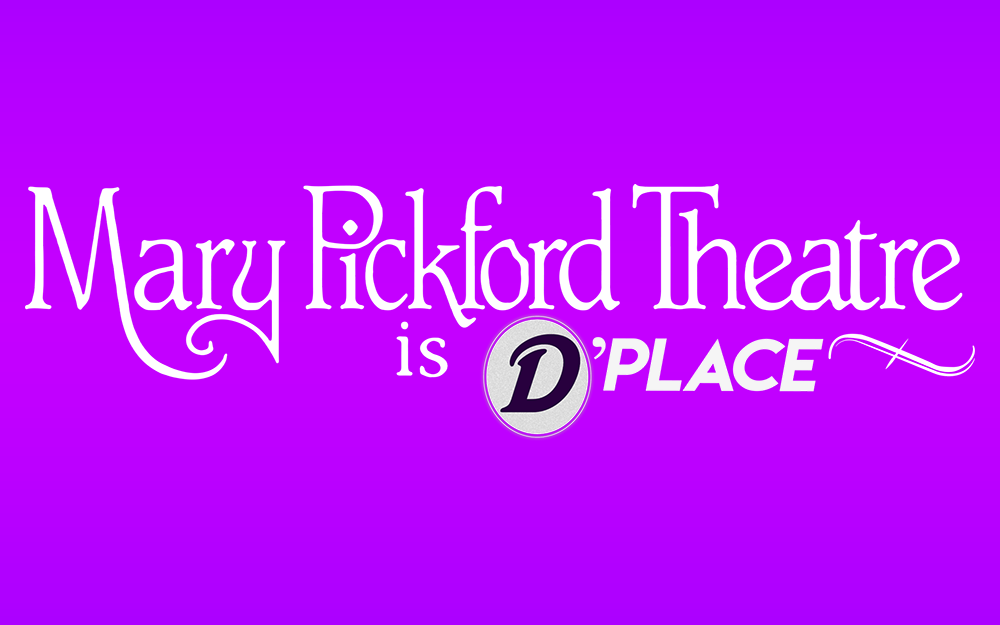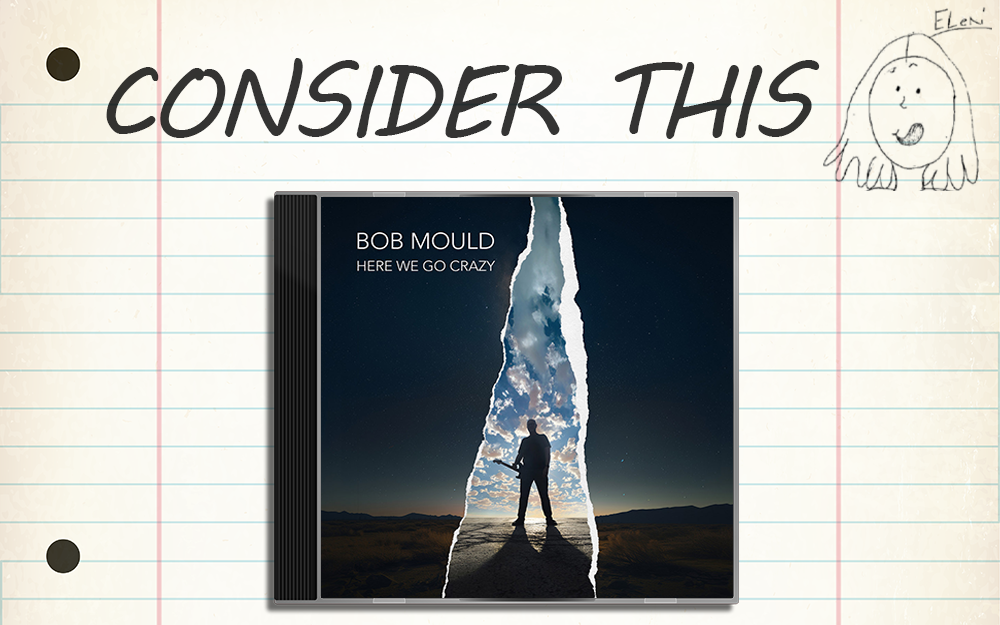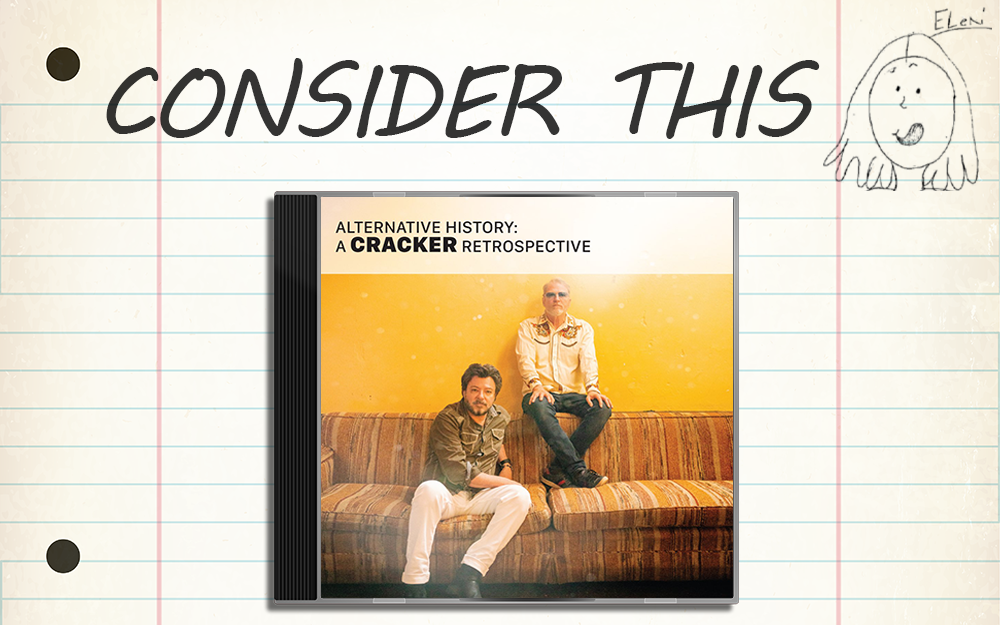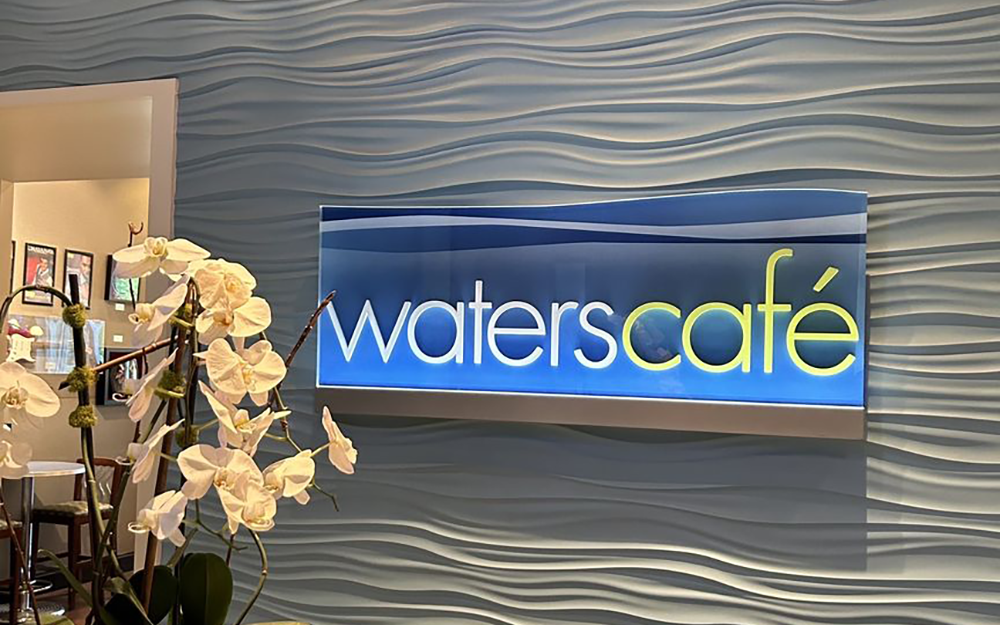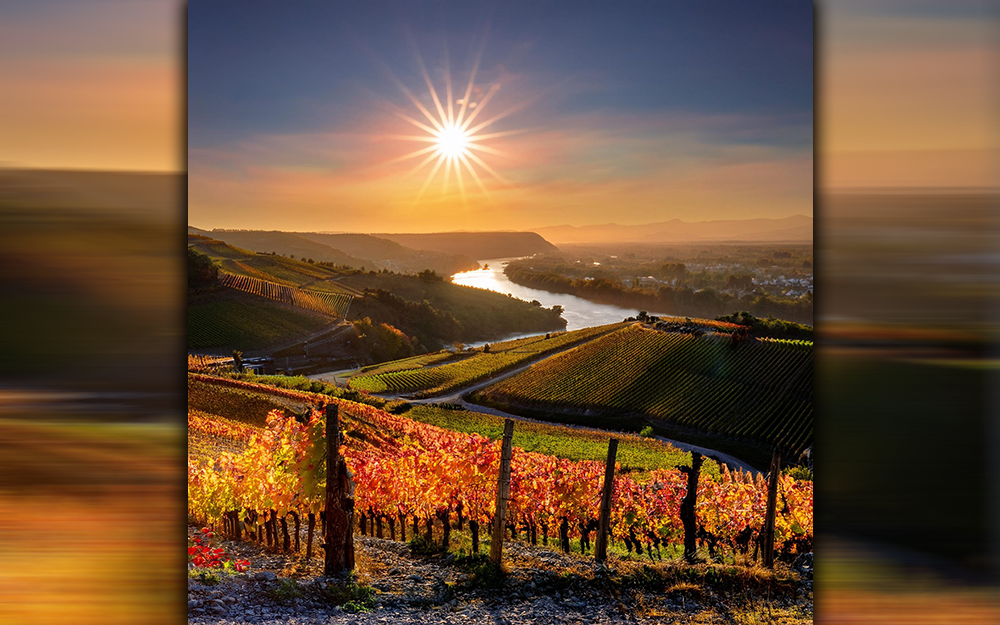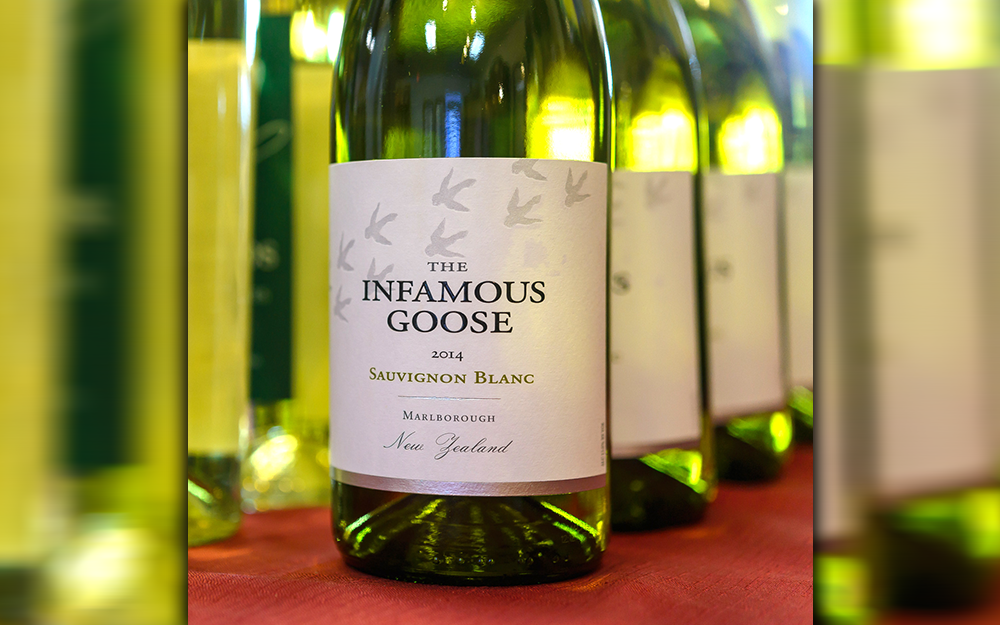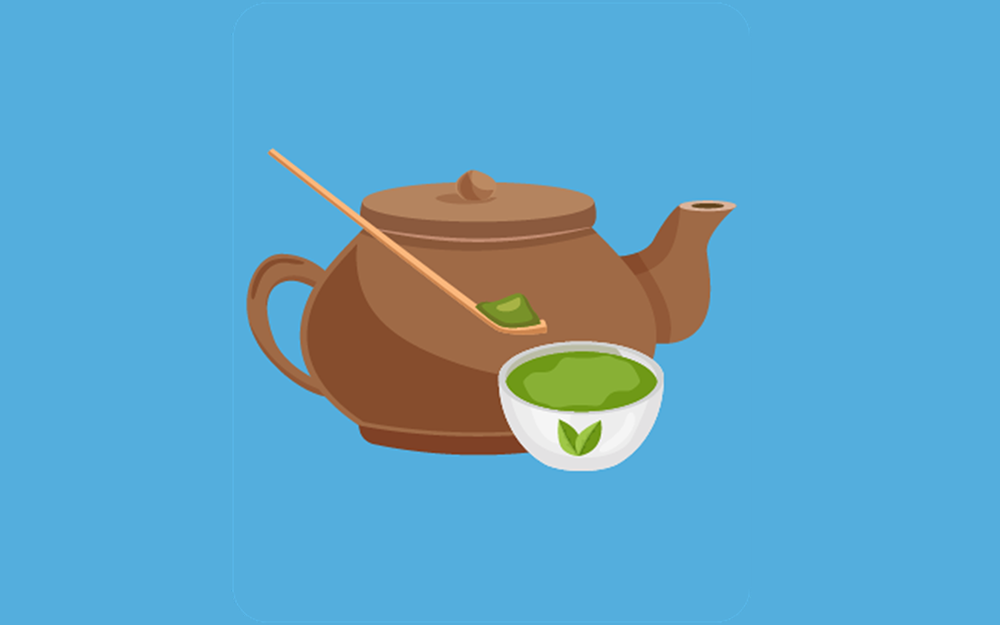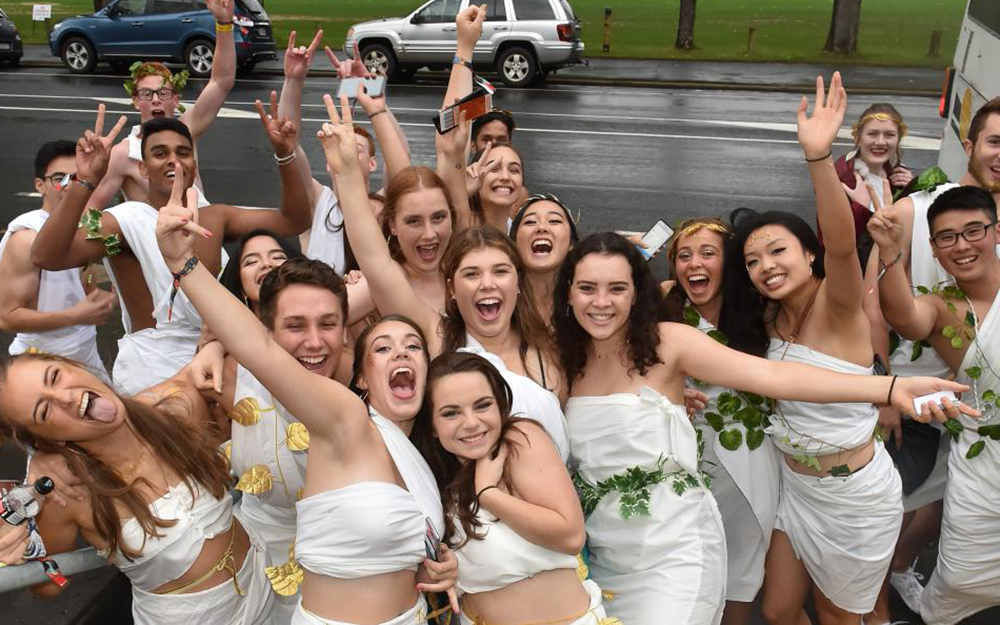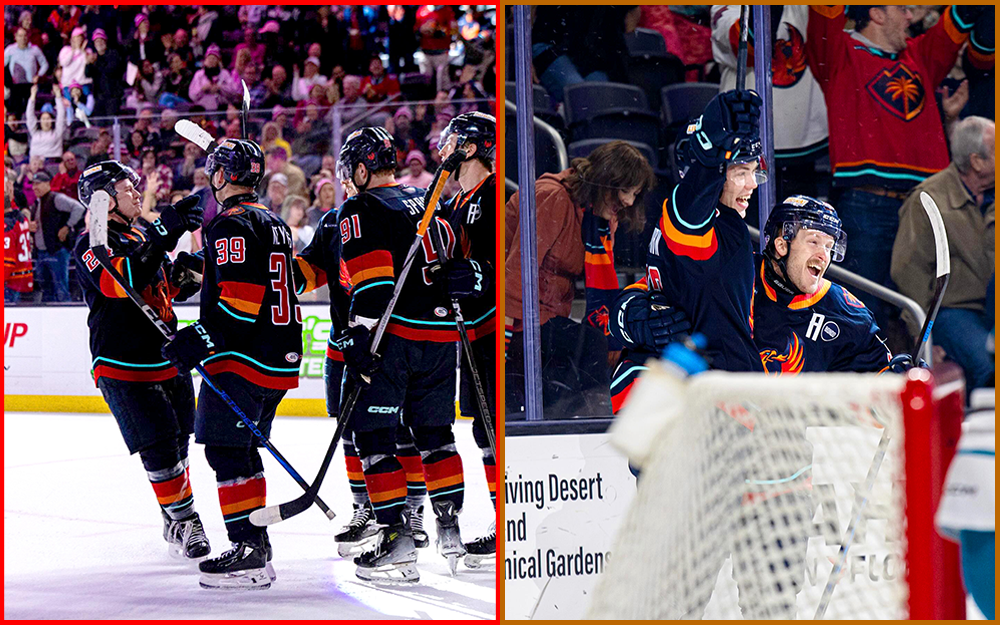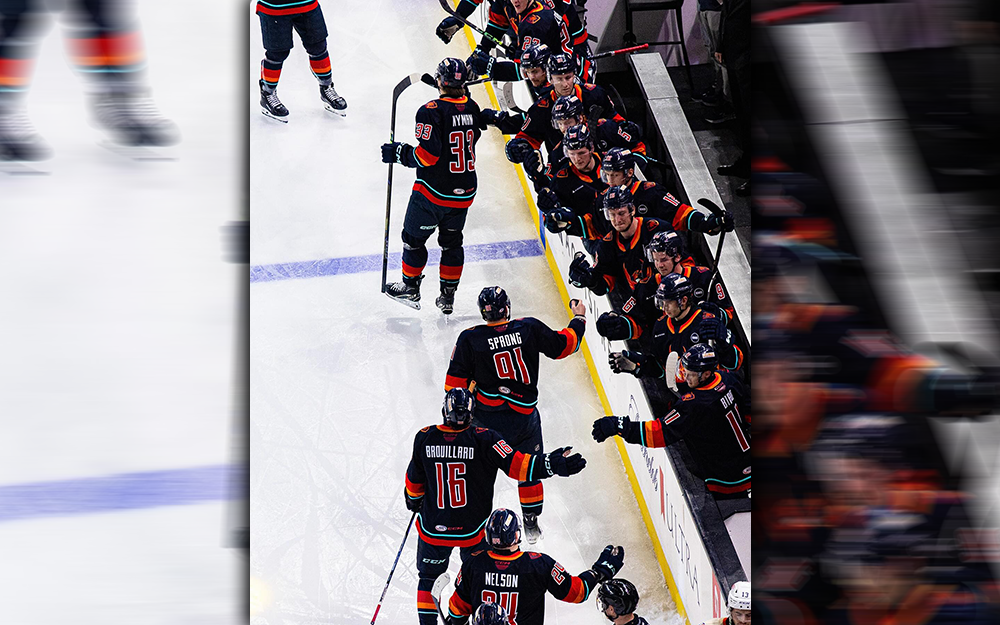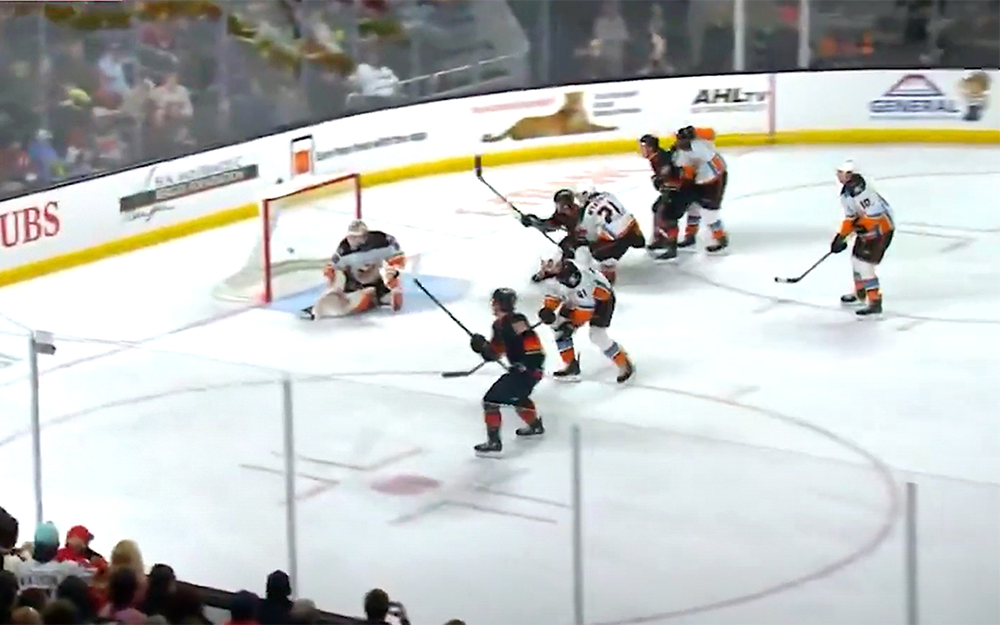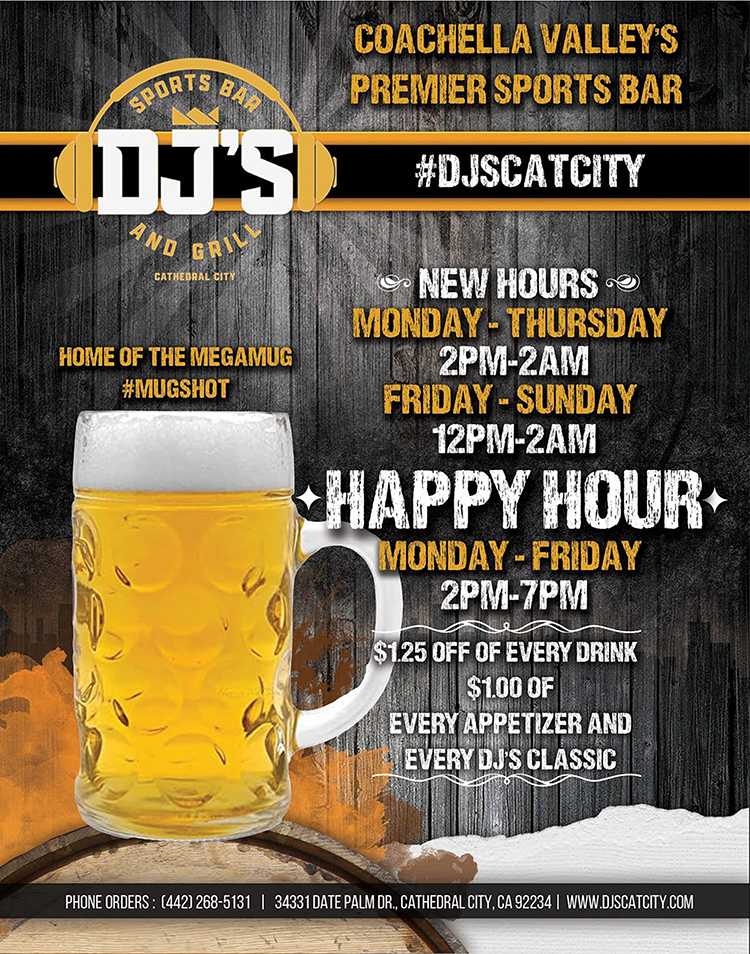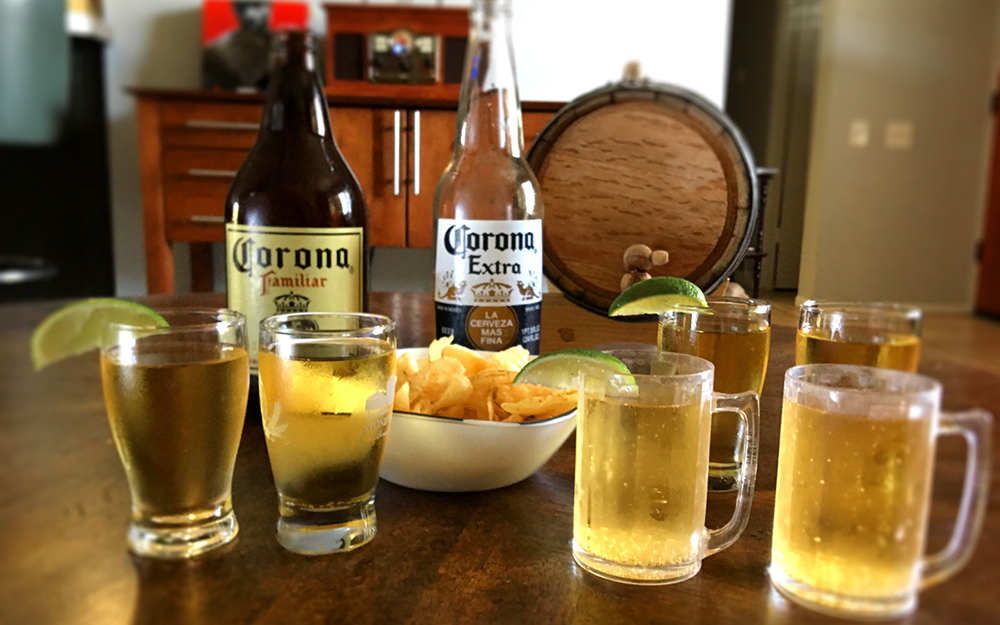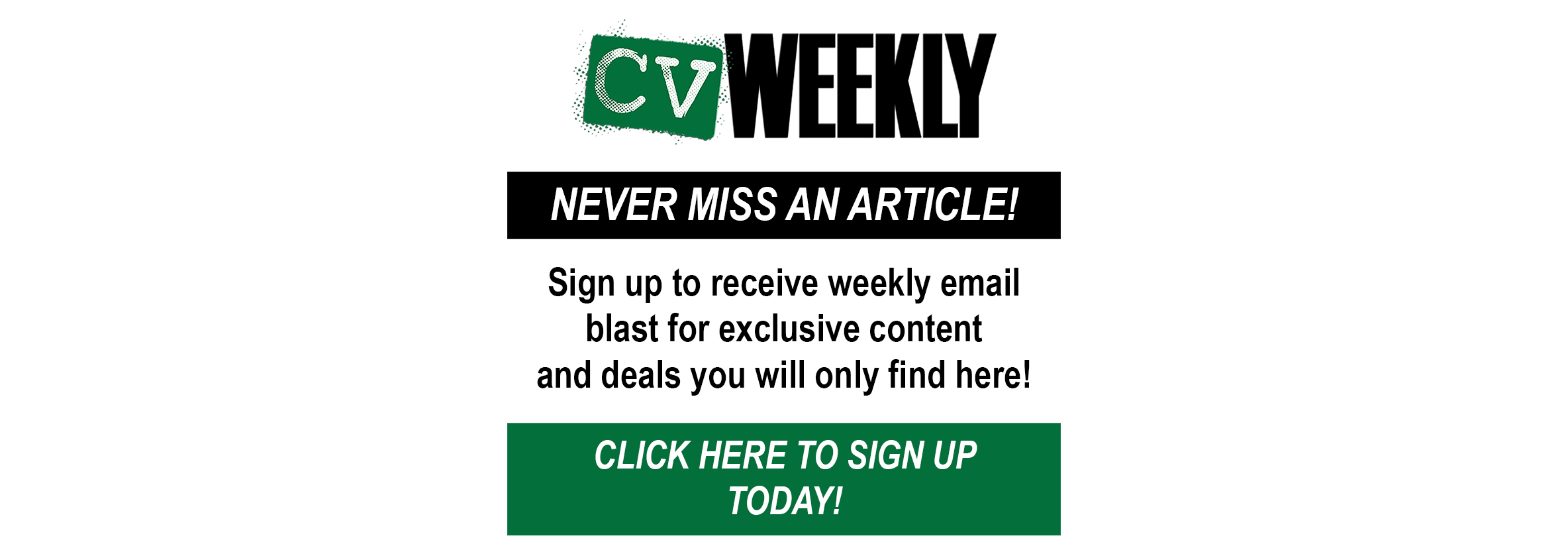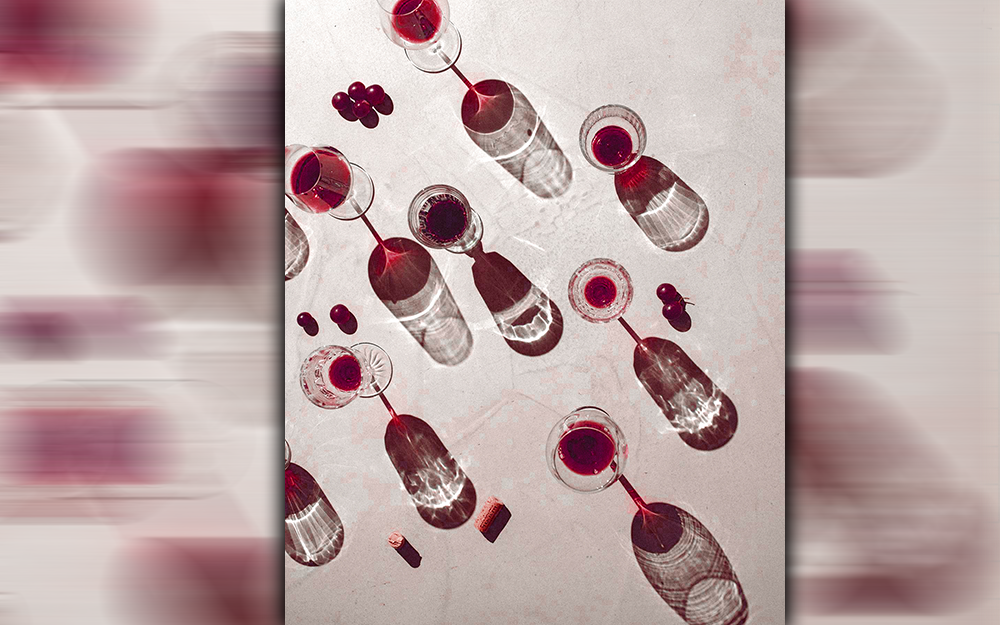
By Rick Riozza
The good news for us wine folks is that the quality of wine, both on the cheap side and on the premium side, is better than ever. The art and the science of wine, winemaking along with vineyard stewardship & management is culminating to staggering quality levels. We’re getting really good stuff, even at eight to twelve dollars a bottle!
And have you wine travelers who love to hit the wineries, have you noticed that the tasting room fees actually went down last year? Five percent here, ten percent there. What a pleasant shock!
While prices have been edging up at the grocery stores, lots of bottles of wine in that $8 to $15 category have come down a dollar or so from last year. So what’s the buzz? The least-bad price category in grocery and drug stores was wines between $15 and $25, which dropped in sales by only 1.4 percent. That counts as good news.
And that’s where the bad news creeps in for our California wine industry. The insiders tell us that the problem is simple: there is less demand for wine. Baby Boomers, who like wine more than other types of alcohol, are aging out of the marketplace, and younger adults just don’t like wine as much. Further young people don’t have as much money to spend, and wine prices in the last few years have outpaced the growth in wages.
Wine Spectator has just written, “The California wine industry is in the doldrums as it faces three challenges at once: consumer spending on wine is declining, inventory is backed up, and there’s a glut of grapes and bulk wine left over from the 2024 harvest. The last hazard, the oversupply of grapes poses an immediate threat. Many growers, even in the top regions like Napa, are struggling to sell their fruit. Experts estimate tens of thousands of acres of wine will need to be pulled up.”
I have personally spoken to the wine guys up in California wine country and they tell me that acres and acres of vines have been pulled—which is a common thing in vineyard management, but new vines are always replanted immediately. This time around, there is no replanting going on! That’s kind of alarming news!
“We’ve been in decline for a while,” says Wine-Searcher publication. “We’re hoping recovery to be coming soon. We’re partially through this. We’re through most of the increasing negative growth; but we’re still into consistent negative growth. Now we’re hitting a bottom.
The only type of wine that increased sales was Prosecco, up 2.7 percent. Sauvignon Blanc is another “success” story, only because its sales did not drop!
On the real down side, sales of Syrah dropped 24.5 percent. The onetime darling Malbec dropped 17.4 percent, second-worst of any variety, as red wines have lost ground to whites.
No-alcohol and low-alcohol wines cashed in on the popularity of Dry January, with sales soaring 27.2 percent, albeit from a low base.
Inventory levels are still a problem. The burst of wine sales in 2020 during the pandemic lock-down, followed by the re-opening of restaurants in 2021, led wholesalers to stock up on inventory that in many cases they still have not sold.
“We see the big distributors chock full,” said wine business consultant Peter Yeung. “And they have contracts with the big [wine] companies, so they are forced to take those wines, and they’re unable to sell it. They have warehouses that are chock full.”
Wine Spectator chimed in again, “There will be huge changes in the industry in the next year or two. The writing has been on the wall for wine in recent years, but many in the industry paid little heed. Wine consumption has been decreasing in the U.S. since 2021. In 2023 sales volume dipped to more than a 9 million case decrease.
From the 1990s to 2018, wine consumption increased to about 3% per year. Then in 2018, the grape harvest was the largest in history, creating a glut of grapes; then in 2020 COVID-19 hit and the wildfires hit Northern California creating a Jekyll and Hyde situation for the industry: demand boomed as Americans hunkered down at home, while at the same time production lost much of the 2020 crop to smoke taint, decreasing supply—a crazy situation.
“Things came to a head this past spring as wine producers ran the numbers and cut their budgets for buying grapes… The hardest hit was Sonoma Chardonnay and Cabernet Sauvignon and even prized Napa Valley fruit.”
Kris Hicks, vineyard manager of Vidmark Vineyard Management company, recently stated, “And you can’t give Zinfandel away”, as he reportedly “dropped” 25 tons of Zin on the ground this past year!
There are reports out in wine country that Mendocino, Lake, and Lodi counties are seeing ton prices for grapes falling over 60%. Wineries in general sell off the excess juice for bulk wine, for some wine counties—12 to 15 million gallons is the norm. Now there over 30 million gallons + that’s flooding the market with nowhere to go!
And now the ugly news: The Trump Administration’s tariffs on our favorite imported wines! All wine business leaders assert: “There couldn’t be a worse time for new or re-imposed tariffs on the wine business, given what’s going on with the slowdown in demand and the excess of wine out there. For wine consumers, wine merchants & wineries, tariffs will be painful.
A tariff is a tax on an import. The importer will have to pay the added 25%. Next it’s sold to a wholesaler, then to a retailer or restaurant, and finally to you. To boot, inflation has hiked prices for things like labels, bottles, and shipping.
What a damper on our lovely game of wine! Drink up!







